How to Avoid National Park Crowds on Your Next Adventure
Note: Advertising is how we keep this site free for you to enjoy, and we earn a commission from affiliate links that may be included in this post. Thank you for supporting Back Road Ramblers!
Are you one of the millions of Americans who love our national parks, but hesitate to plan a trip because of the hassle of crowds, permits, and traffic?
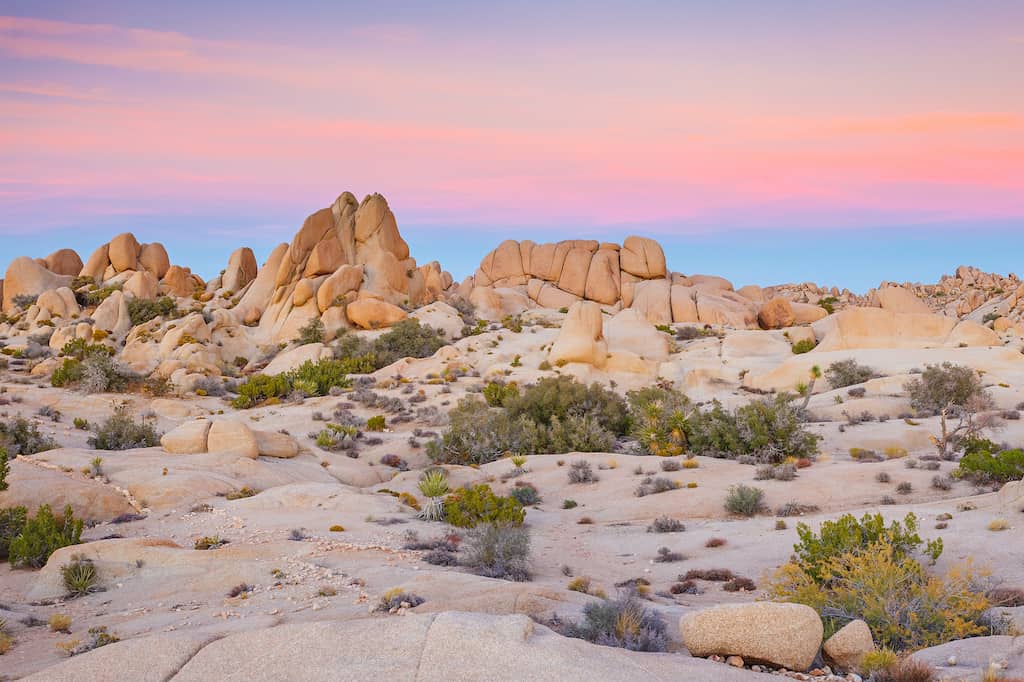
There are 400+ national parks, historic sites, and monuments in the United States. All are run by the federal government and dedicated to protecting naturally or historically significant places for all the world to discover and enjoy.
On our recent cross-country journey, we visited nine national parks, two national historic sites, and one super awesome national lakeshore.
Yes, there were crowds and a bit of traffic, but with some planning, we were able to bypass much of that and focus on the unspoiled landscapes, animals, and cultural attractions that make up the National Park Service.
With a little planning, you can do the same.
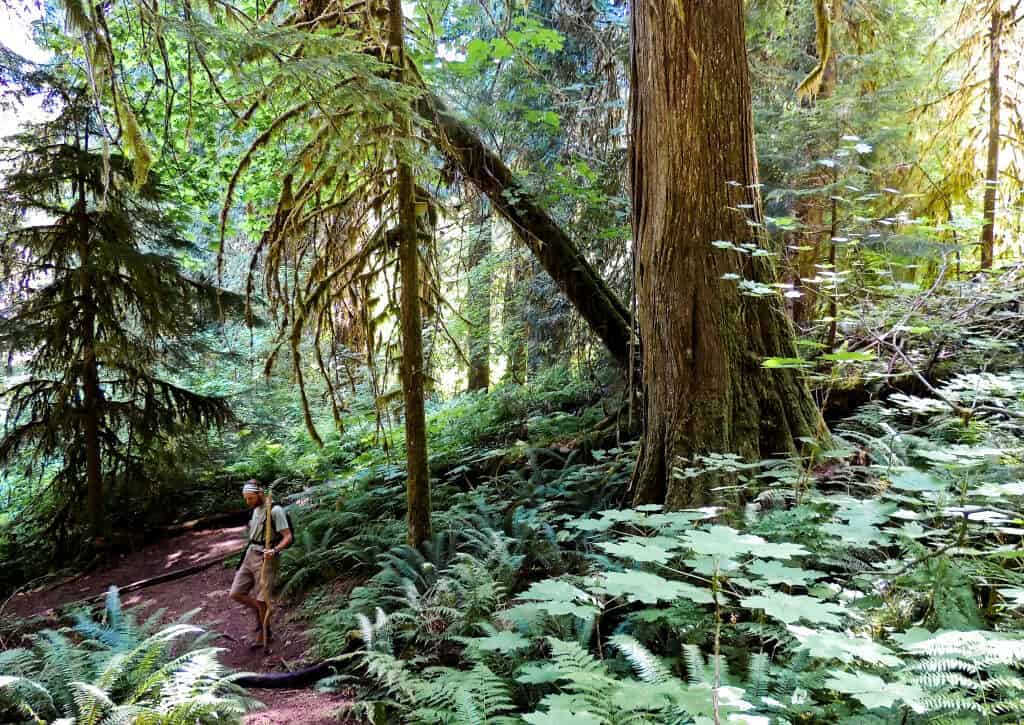
How to Avoid the Crowds in National Parks
We learned a few things this year about how to avoid the crowds in national parks, and we want to share what we’ve learned with you.
The truth is that many national park visitors never leave their vehicles. They tend to visit in the middle of the day, make pilgrimages to all the most popular spots, and head to the nearest town when bad weather hits.
If you’re willing to take the path less traveled by, you’re bound to find yourself alone in your national park of choice. Here’s a national park guide for avoiding crowds and immersing yourself in the beauty of these spectacular places.
Visit Your National Parks in the Off-Season
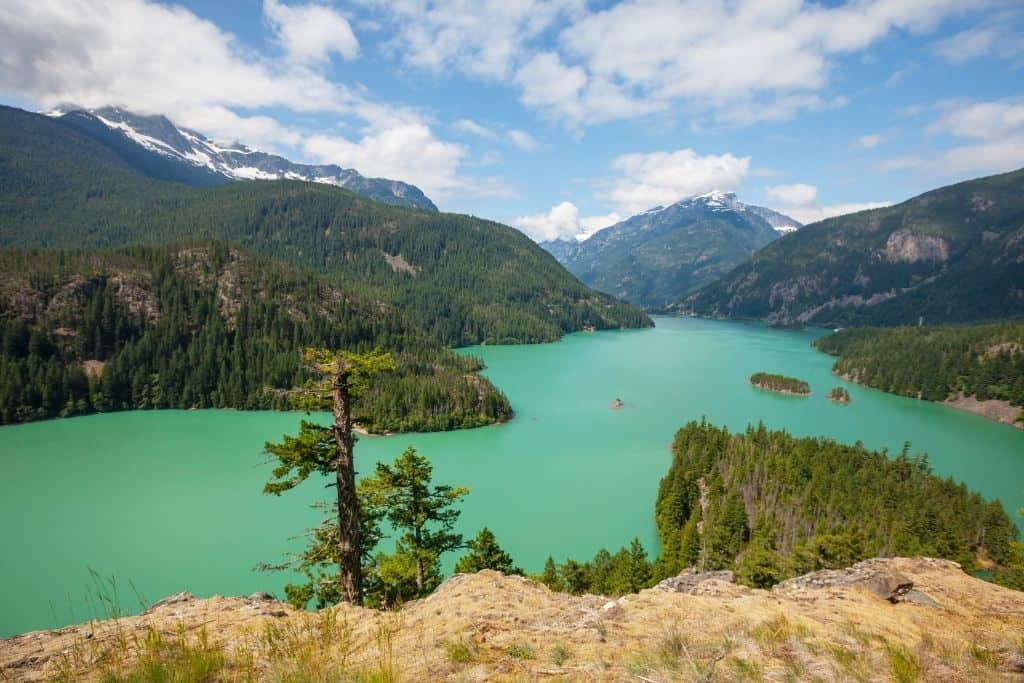
The best way to steer clear of crowds is to visit when they aren’t around, especially if you are sticking to the more popular parks.
Weekdays are not as busy as weekends, but honestly, during a park’s busy season, every day can be pretty nutso, at least at the more popular parks.
Holiday weekends are the absolute worst. Southern national parks and those located in the desert experience their busiest season in the winter, but most of our national parks are the most crowded during the summer holidays.
If you have to plan a national parks vacation in the summer, consider braving the heat and heading down to one of the following parks:
- Everglades National Park, Florida
- Biscayne National Park, Florida
- Dry Tortugas National Park, Florida
- Big Bend National Park, Texas
- Carlsbad Caverns National Park, New Mexico
- Saguaro National Park, Arizona
- Petrified Forest National Park, Arizona
- Joshua Tree National Park, California
- Death Valley National Park, California
If you can visit your favorite national parks in the winter, you will find a different kind of beauty that many people never get to witness. Wildlife is often quite active in the winter, and the snow-covered landscape makes for fabulous photo opportunities.
Another perfect time to visit many national parks is in April or October.
This is considered the shoulder season for many parks. The climate will be milder than winter or summer, and the crowds will be minimal. In the spring, you will be treated with wildflowers and baby animals. Fall is great for viewing foliage, and it’s the rutting season for many large mammals, including moose, deer, elk, and bison.
Visit the Least Crowded National Parks
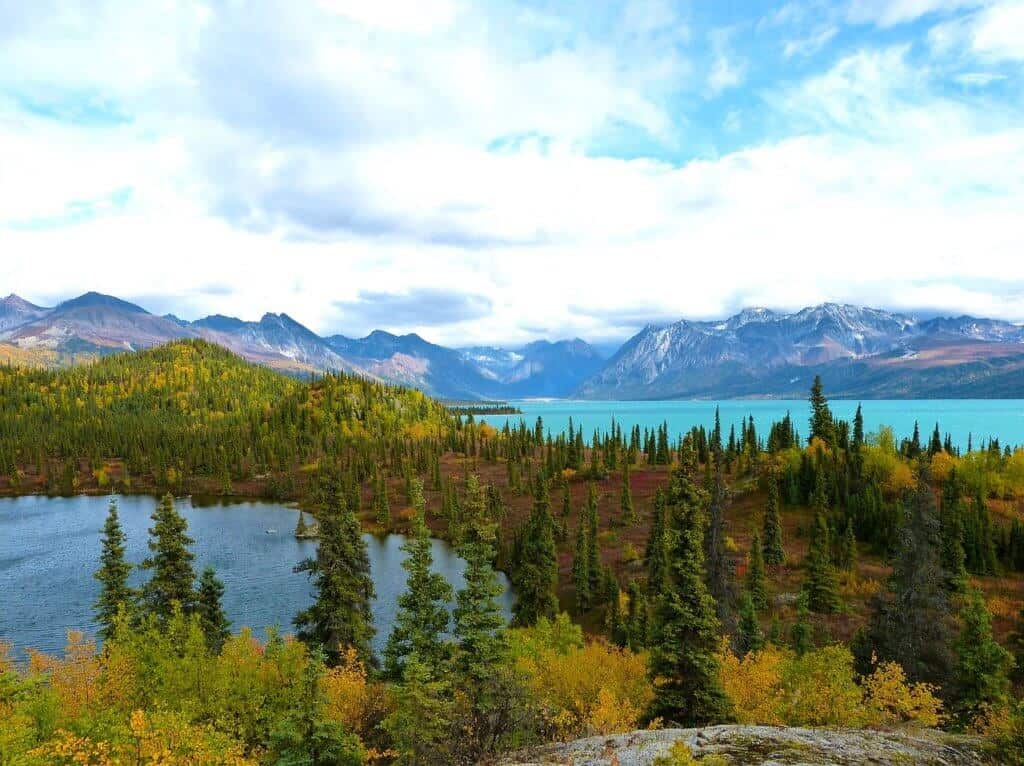
The truth is, we are loving our national parks to death.
Many parks are working with a limited staff and budget, and are struggling with visitor numbers that strain their resources to the breaking point. Overcrowding in our parks affects wildlife, damages roadways, and erodes trails.
This is not to say that we should all stop visiting our national parks. Without visitor dollars, the parks would not have the resources they need for sustained management. We can, however, ease up on our most popular parks, Yosemite, Yellowstone, and the Grand Canyon, and visit some of the less popular parks.
As far as the numbers go, these are the least visited National Parks in the United States:
- Gates of the Arctic National Park and Preserve, Alaska
- North Cascades National Park, Washington
- Kobuk Valley National Park, Alaska
- Lake Clark National Park and Preserve, Alaska
- National Park of American Samoa, American Samoa
- Isle Royale National Park, Michigan
- Katmai National Park and Preserve, Alaska
- Wrangell-St. Elias National Park, Alaska
- Dry Tortugas National Park, Florida
- Great Basin National Park, Nevada
The more out-of-the-way national parks are the ones that amaze us the most every time.
The experience becomes more personal, and because there are fewer crowds, you can do and see more. Even the most underrated national parks are AMAZING to behold, I promise.
Read Next: Family Road Trip Through North Cascades National Park
Reserve Your National Parks Campsite or Room Ahead of Time
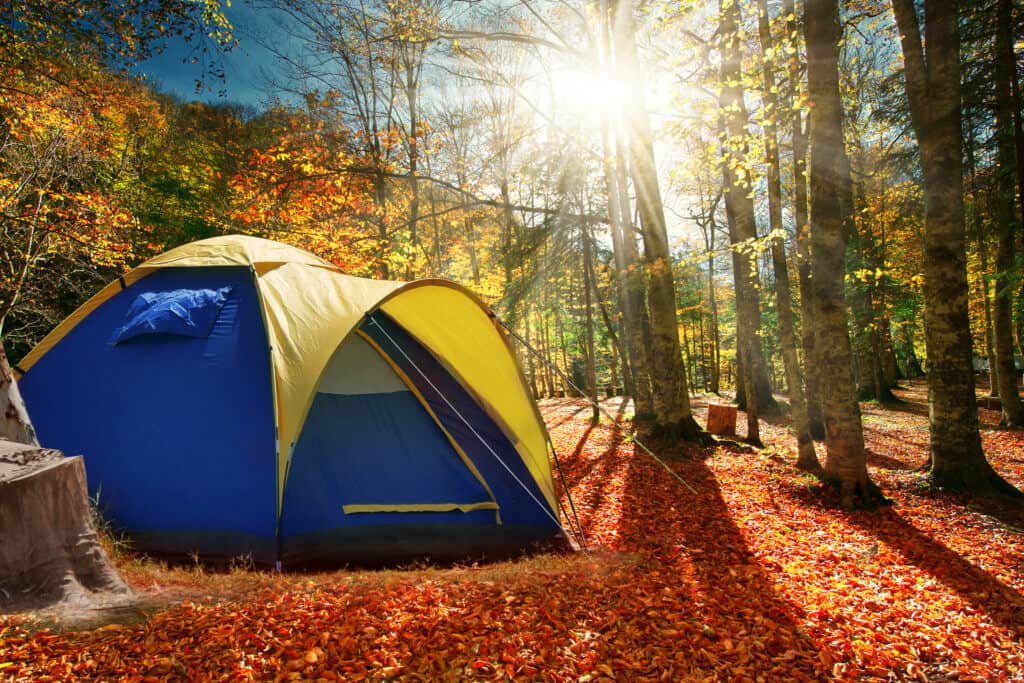
Are we the only travelers naive enough to think that we could breeze into our favorite national parks on a cross-country road trip and set up camp at the first open site?
Just in case we’re not the only ones, you should know that snagging a campsite or a room at a national park, especially during the busy season, is nearly impossible.
We don’t enjoy planning every road trip down to the minute, but with national parks, it’s kind of a necessity and will make your trip go so much smoother.
If you really aren’t a planner, your other option is to sleep outside of the national park that you want to visit the night before and then head into the park in the morning to start looking for open sites that can’t be reserved ahead of time.
The National Parks website will list which campgrounds are first-come, first-served, and it will also give you tips for scoring a site.
Once you find your campground of choice, you can look for people packing up and heading out, and wait patiently for them to leave so you can snag their site. I find this method stressful, but my husband prefers not making reservations because he doesn’t want to be on a fixed schedule, so we compromise and do a mixture of both.
Visit Your National Park on a Rainy Day

One phenomenon we have noticed in a few national parks now is that rain scares away tourists, and really brings out the beauty of a place. We spent a few days in Bryce Canyon a couple of years ago. On the first day, it was bumper-to-bumper traffic, and every vista and pull-off was full.
The next day, a storm rolled through, and it rained buckets.
We had our trusty rain gear, so we headed into the park anyway. We saw the most beautiful rainbow (at Rainbow Point of all places), and there were just a handful of cars driving through the park.
All of the pull-offs were empty. All of the trails were deserted. We decided that the secret is to invest in the right clothing and get outside when everyone else wants to be in.
Get off the Roads and onto the Trails
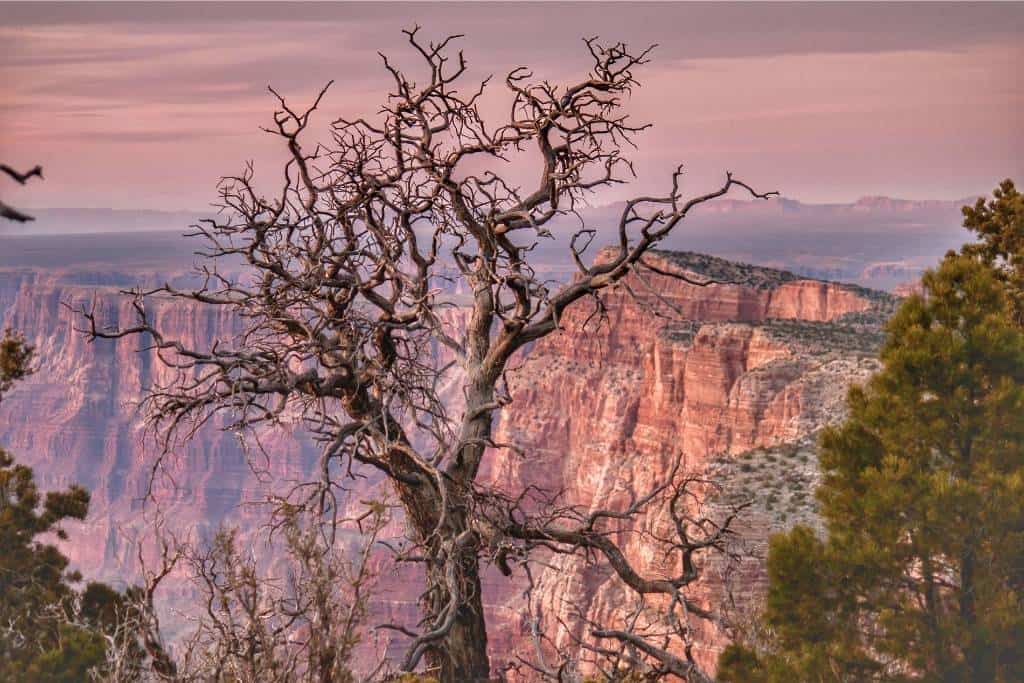
Did you know that 80% of national park visitors never leave the roads, visitor centers, and parking areas?
Even short trails are usually uncrowded, and if you do a little research beforehand, you can find extreme solitude, incredible beauty, and lots of wildlife.
Choose trails that are in remote parts of the national park you are visiting, or consider a backpacking trip, where you can spend days in your park of choice without seeing another person.
I use AllTrails to read reviews of hikes beforehand, and AllTrails+ is fantastic because you can download your trails ahead of time and use the GPS feature without cell service. (I am an AllTrails ambassador. Use the link above to save 30% off AllTrails+).
Wake Up Early or Stay Up Late
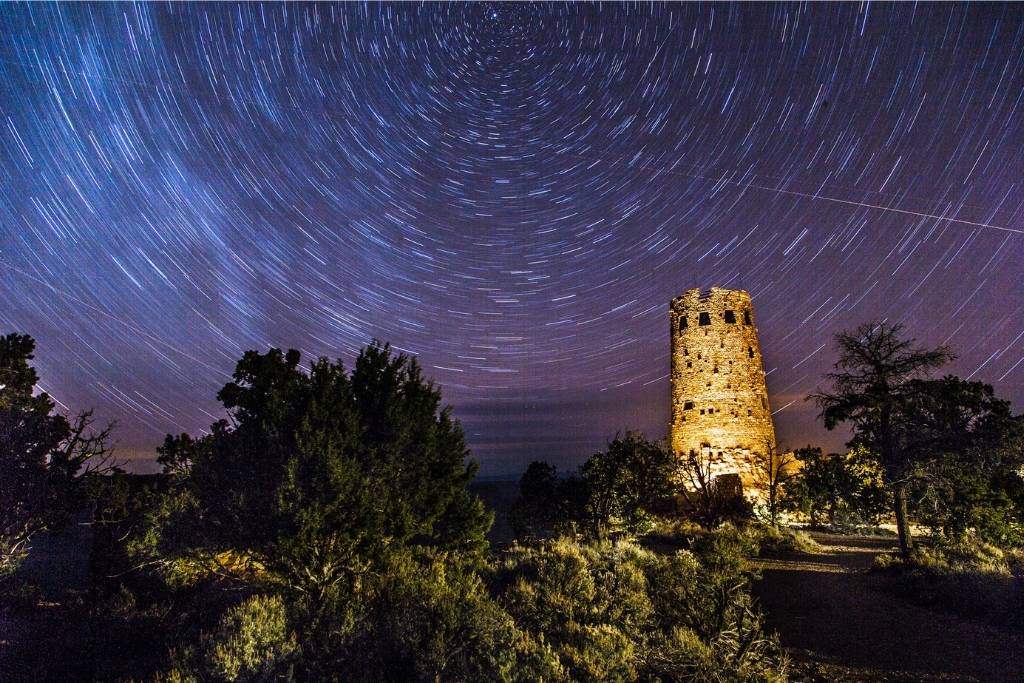
There are so many reasons why the early morning and late evening are awesome for exploring national parks. The light is better for photography, you are more likely to see wildlife, and of course, there are fewer people in the parks.
One of our most memorable national park experiences was driving the loop road around Theodore Roosevelt National Park as the sun was setting.
Because we were the only car on the road, we got to set our own pace. We stopped at every overlook, watched bison babies nursing while their mothers grazed on the prairie grass, and saw a herd of wild horses running next to our car.
This would never have been possible if we were sharing the experience with a hundred other cars, but everyone was already tucked into their hotels or back at camp, making s’mores.
The way we plan our days in national parks now (unless we’re hiking) is to wake up before sunrise to drive to the most popular sites.
We watch the sun come up, look for animals, and take lots of photos. We do the same thing in the evening, making sure that we have our big meal in the middle of the day, so we don’t have to spend the best hours eating or washing dishes.
Buy the National Parks Pass
Okay, so this really doesn’t have anything to do with avoiding the crowds, but you only have to visit three parks a year to make the National Parks pass worth the money, and we find that we are way more likely to detour into a park if we already have the pass.
An America the Beautiful Pass is $80 for the year, and you can buy it online or at any national park. It covers entrance fees into the park for the driver and all passengers of your vehicle and is valid for one year from the month of purchase.
Want to read more about our beautiful national parks? Check out these posts or read our national parks resource guide.
Follow us on social media for more national park inspiration!


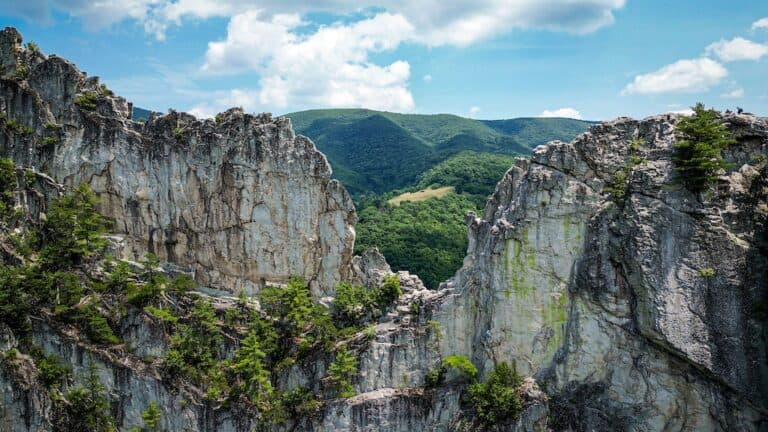
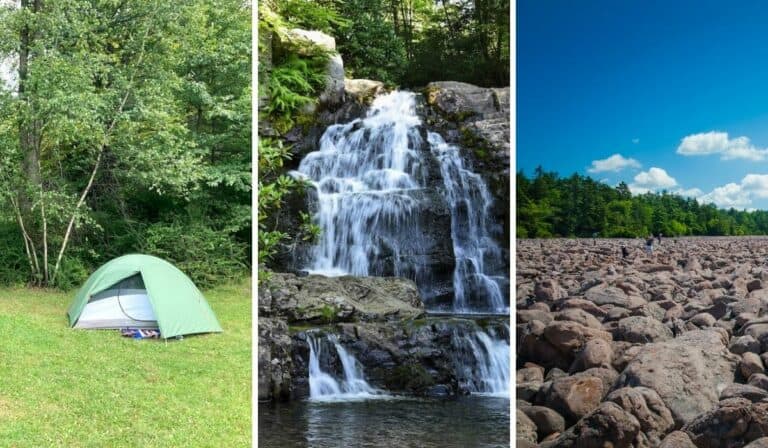
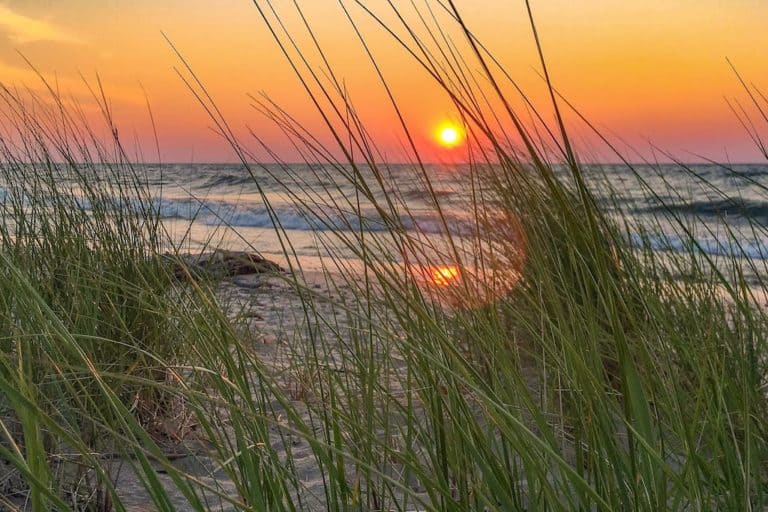
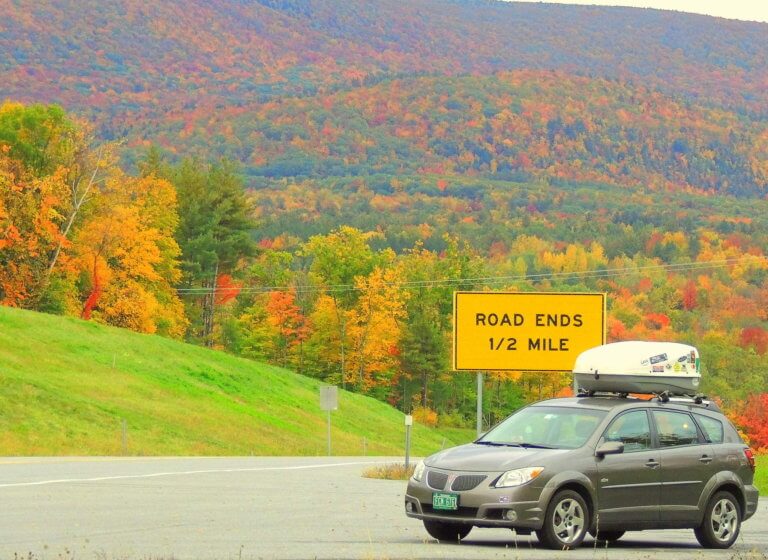
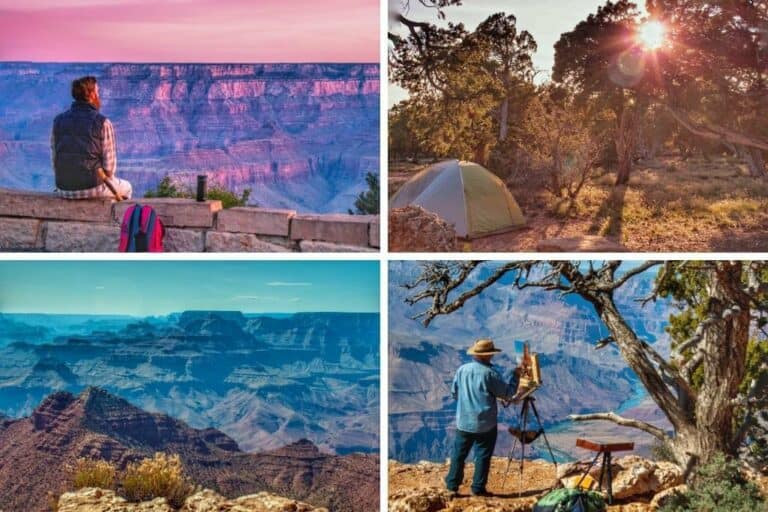
Most of these parks, at least the more visited ones have great dispersed camping areas around them. Don’t got to pay for anything, except you do need a tent or van! Also, if you get in early enough you don’t have anyone at the gate, but the pass does make everything easier!